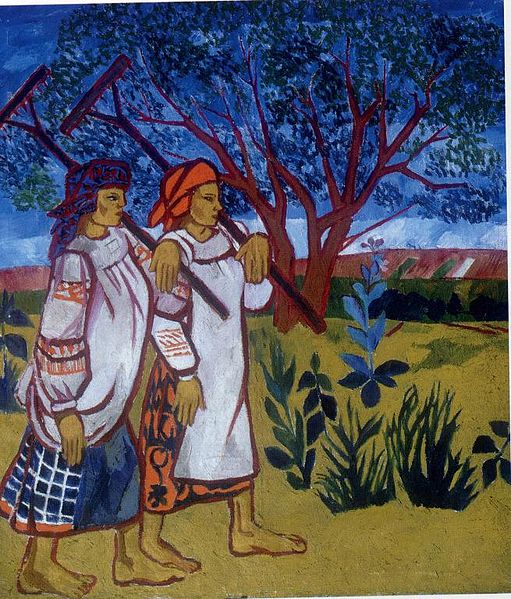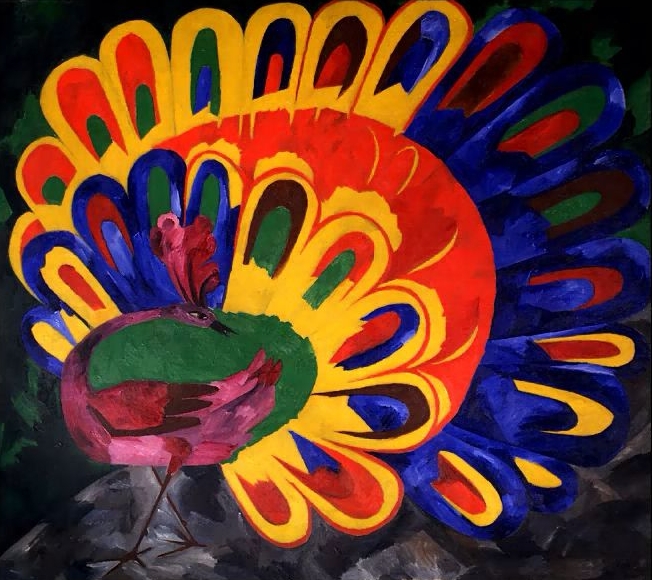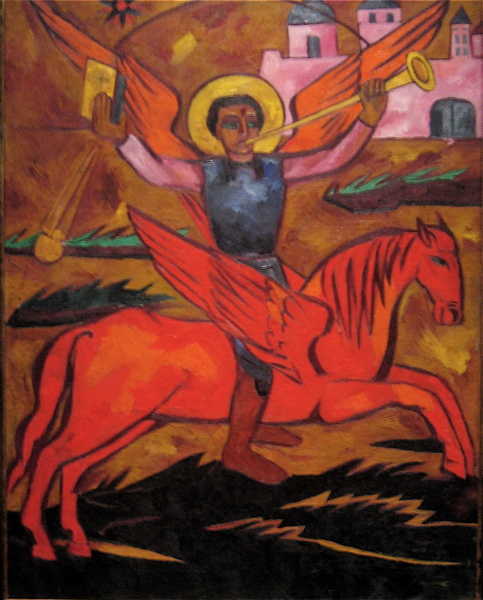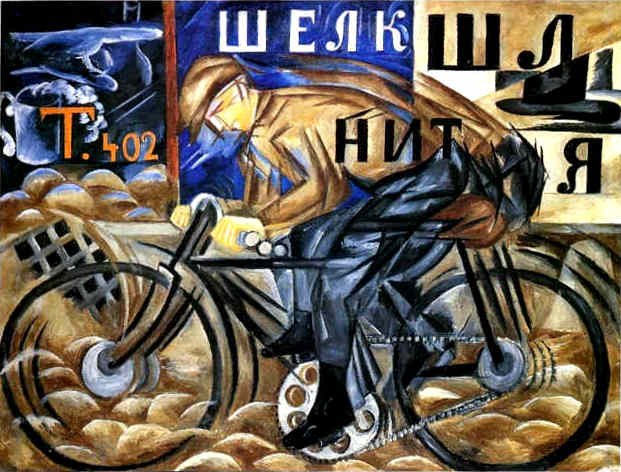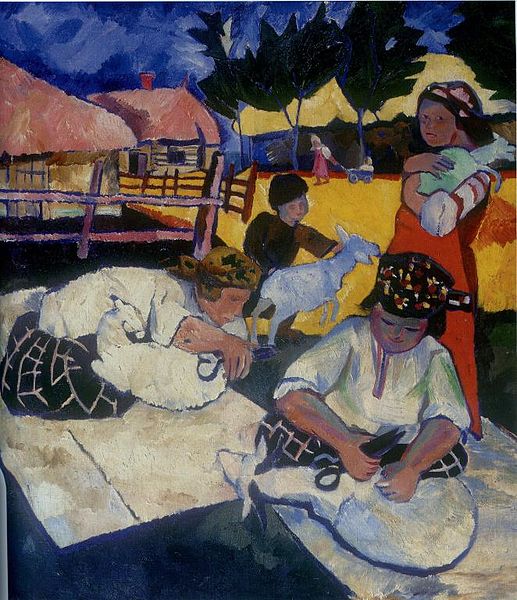<Back to Index>
- Painter Marianne von Werefkin, 1860
- Painter Natalia Sergeevna Goncharova, 1881
PAGE SPONSOR
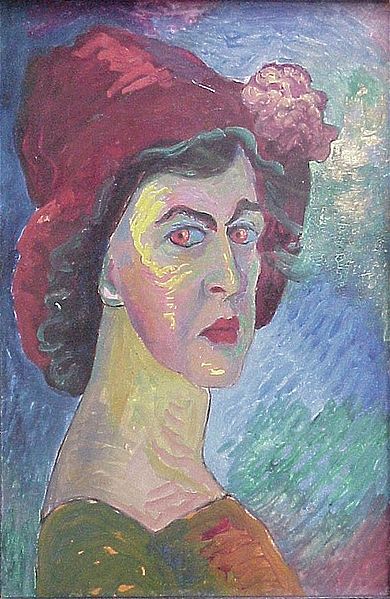
Marianne von Werefkin (Russian Мариамна / Марианна Владимировна Веревкина) (10 September [O.S. 29 August] 1860, Tula, Russia – 6 February 1938, Ascona, Switzerland), born Marianna Wladimirowna Werewkina, was a Russian - Swiss Expressionist painter.
Marianne von Werefkin was born the daughter of the commander of the Ekaterinaburg Regiment. In 1880, she became a student of Ilya Repin, the most important painter of Russian Realism. Her progress was dealt a setback by a hunting accident in 1888 in which she shot her right hand, the one with which she painted.
In 1892 she met Alexej von Jawlensky, who desired to be her protégé, and in 1896 she, Jawlensky, and their servant moved to Munich. For the sake of Jawlensky's painting, Werefkin interrupted her painting for almost ten years.
She created her first expressionist works in 1907. In these she followed Paul Gauguin's and Louis Anquetin's style of "surface painting", while also showing the influence of Edvard Munch. In 1909, the Neue Künstlervereinigung München (New Association of Artists in Munich, NKVM) was founded. It became a forum of exhibitions and programming.
At the outbreak of the First World War, they immigrated to Switzerland, near Geneva. They later moved to Zurich. By 1918, they had separated, and Werefkin moved alone to Ascona, on Lago Maggiore. In 1924 she founded the artist group "Großer Bär" (i.e., Big Bear, Ursa Major).
In her later years, she painted posters. Her friends "Carmen" and "Diego Hagmann" protected her from poverty.
She was buried in the Russian graveyard in Ascona.
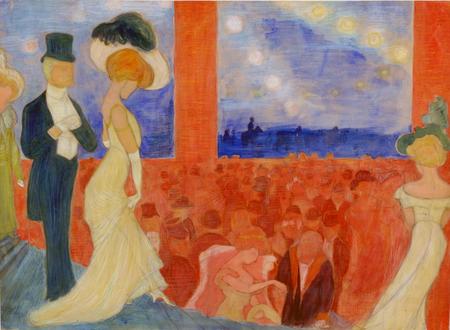
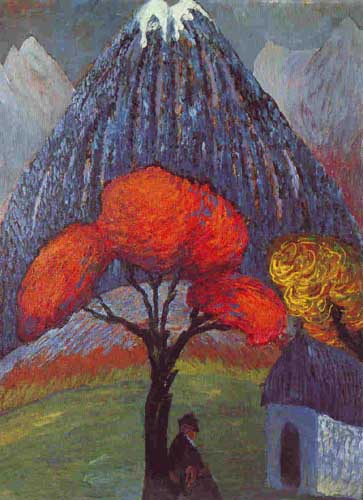
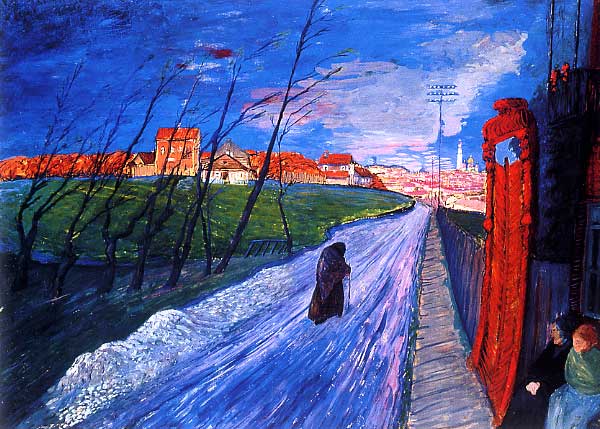
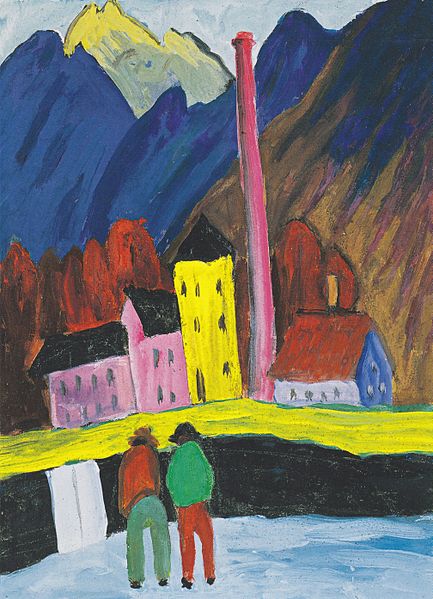
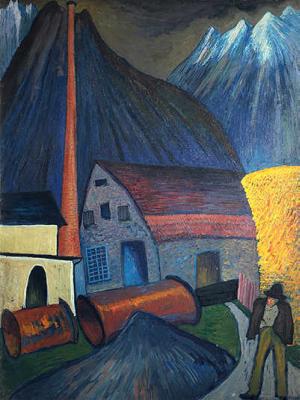
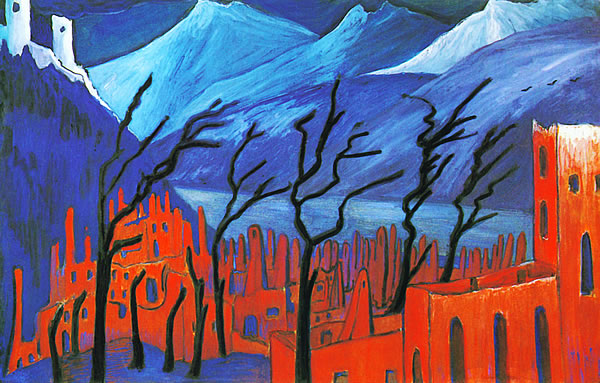
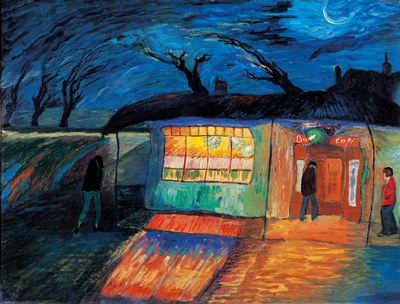
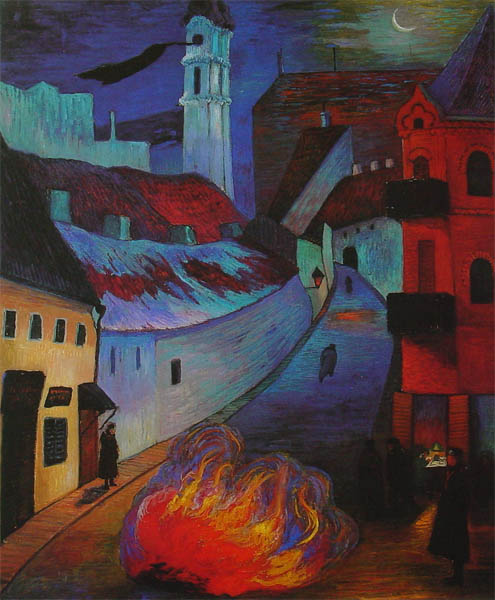
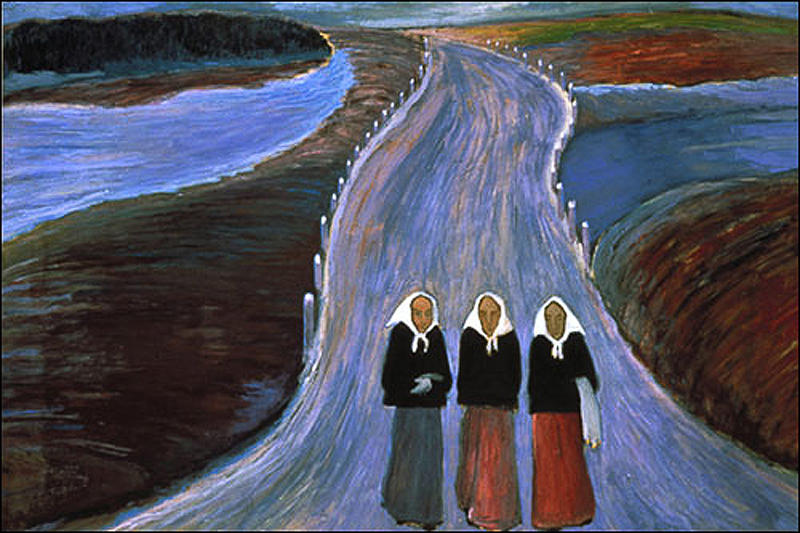
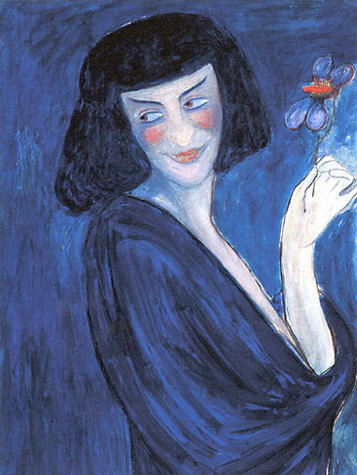
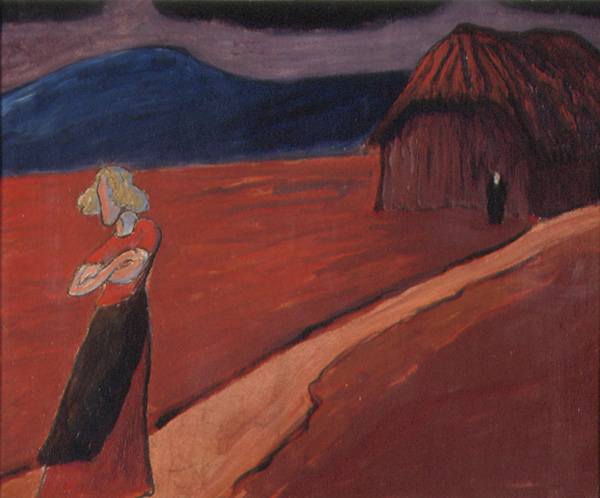
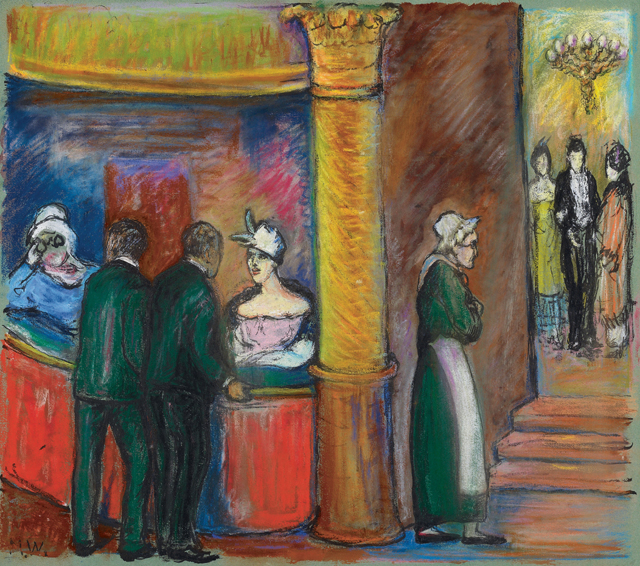
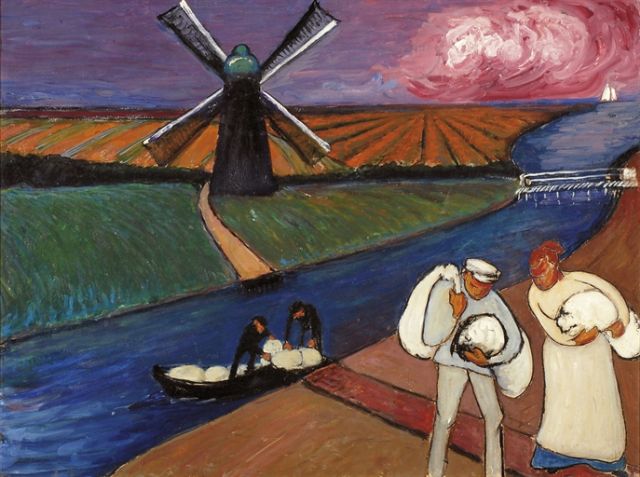
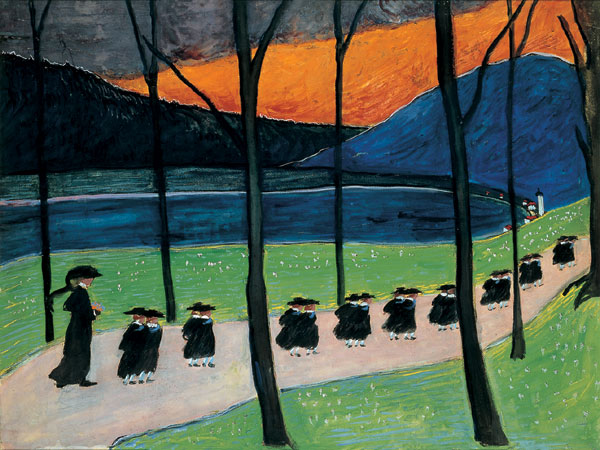
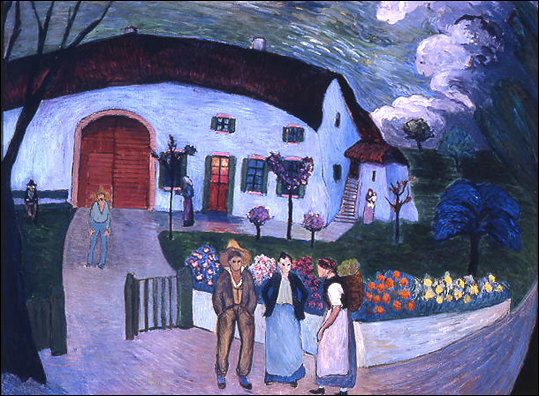
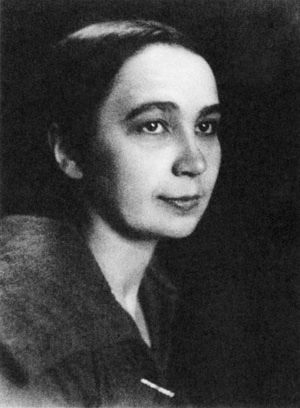
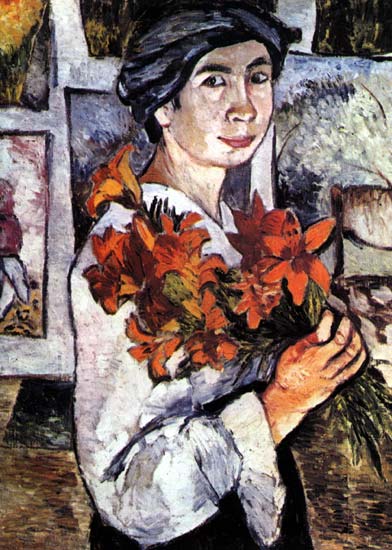
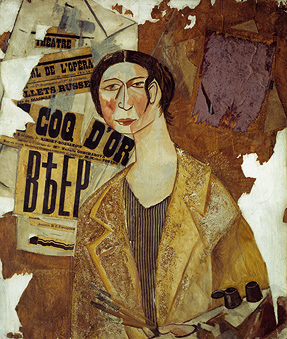
Natalia Sergeevna Goncharova (Russian: Ната́лья Серге́евна Гончаро́ва; June 16, 1881 - October 17, 1962) was a Russian avant garde artist (Cubo - Futurism), painter, costume designer, writer, illustrator and set designer. Her great - aunt was Natalia Pushkina, wife of the poet Alexander Pushkin.
Natalia Goncharova was born in Nagaevo village near Tula, Russia, in 1881. She studied sculpture at the Moscow Academy of Art, but turned to painting in 1904. She was deeply inspired by the primitive aspects of Russian folk art and attempted to emulate it in her own work while incorporating elements of fauvism and cubism. Together with her husband Mikhail Larionov she first developed Rayonism. They were the main progenitors of the pre - Revolution Russian avant garde organizing the Donkey's Tail exhibition of 1912 and showing with the Der Blaue Reiter in Munich the same year.
The Donkey's Tail was conceived as an intentional break from European art influence and the establishment of an independent Russian school of modern art. However, the influence of Russian Futurism is much in evidence in Goncharova's later paintings. Initially preoccupied with icon painting and the primitivism of ethnic Russian folk art, Goncharova became famous in Russia for her Futurist work such as The Cyclist and her later Rayonist works. As leaders of the Moscow Futurists, they organized provocative lecture evenings in the same vein as their Italian counterparts. Goncharova was also involved with graphic design - writing and illustrating a book in Futurist style.
Goncharova was a member of the Der Blaue Reiter avant garde group from its founding in 1911. In 1915, she began to design ballet costumes and sets in Geneva. Her designs for the ballet Liturgy: Six Winged Seraph, Angel, St. Andrew, St. Mark, Nativity etc. were started in 1915. The Liturgy was commissioned by Diaghilev with Goncharova, Léonide Massine and Igor Stravinsky. She moved to Paris in 1921 where she designed a number of stage sets of Sergei Diaghilev's Ballets Russes. She also exhibited at the Salon d'Automne in 1921, and participated regularly at the Salon des Tuileries and the Salon des Indépendants. She became a French citizen in 1939.
Goncharova died in Paris, in 1962.
Her work is held in
- the Museum of Modern Art;
- the Museum of New Zealand Te Papa Tongarewa;
- the Tate;
- The Israel Museum.
